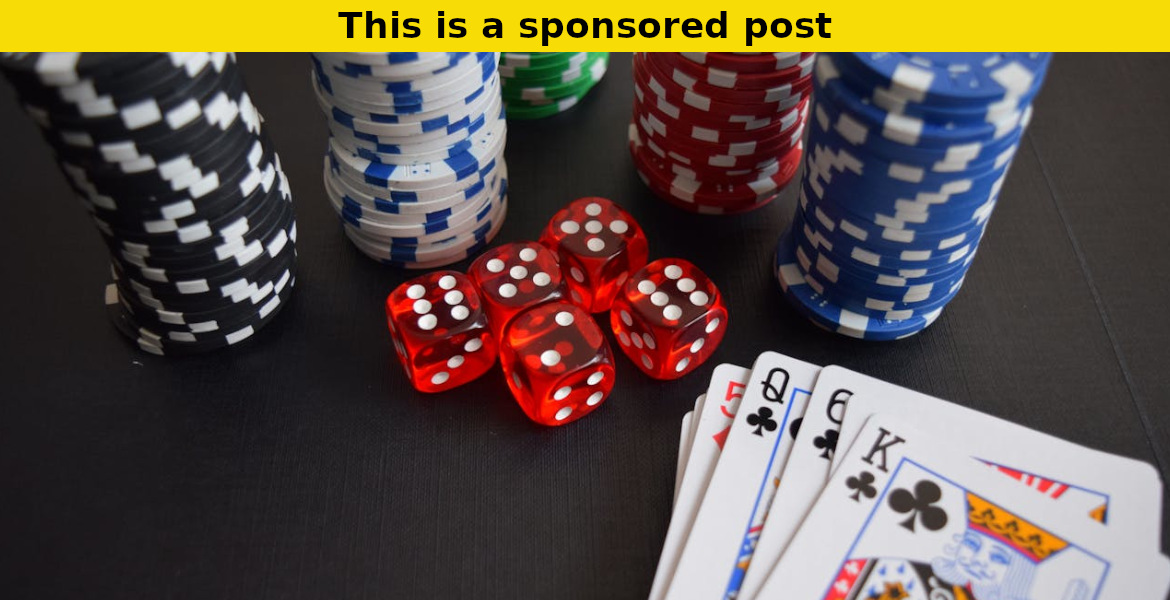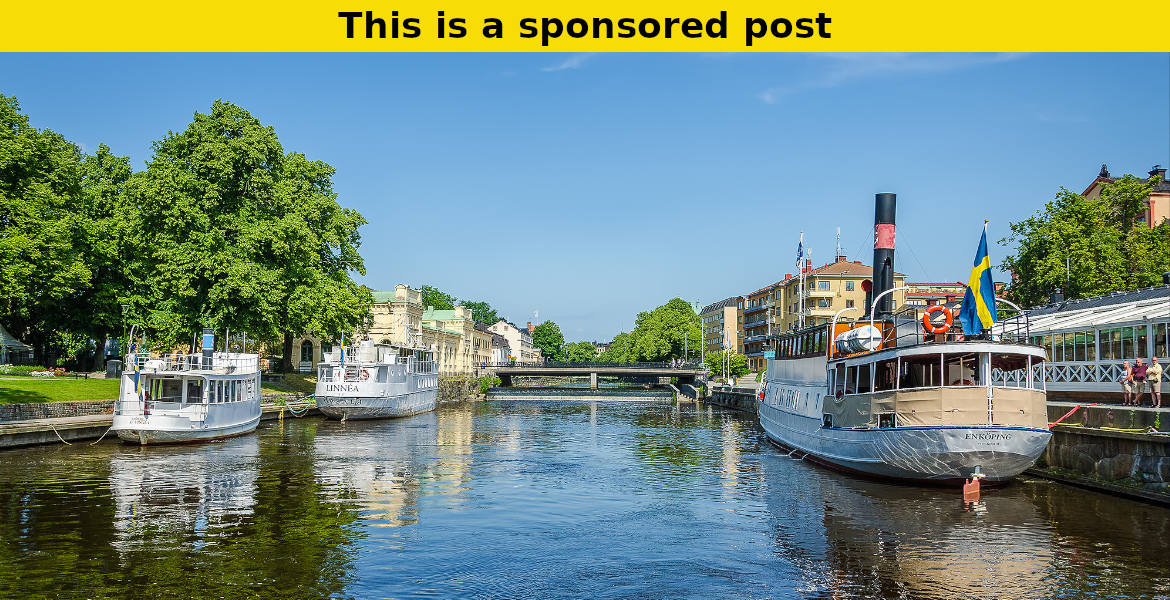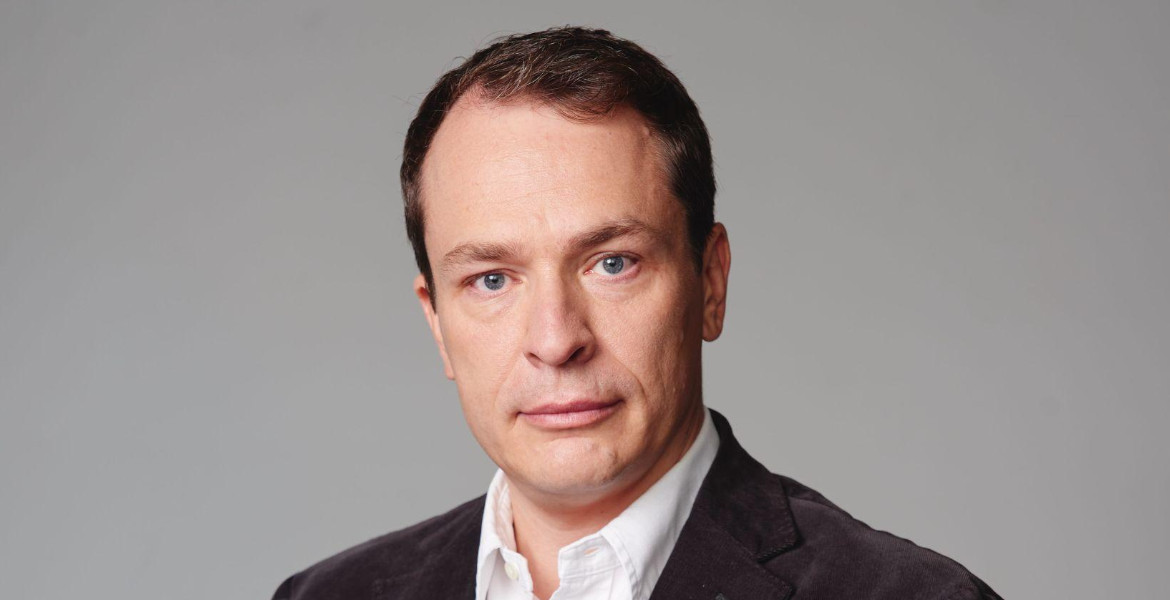Playing at online casinos is extremely popular in the Nordic countries. In recent years, this popularity has grown even further with the introduction of a wide range of new Pay N Play casinos.
The Pay N Play concept, launched by the Swedish payment service Trustly, enables gambling using bank credentials without the need to register an account.
Nordic players prefer playing at fast Pay N Play casinos for several reasons. These include the high level of security, quick withdrawals, and excellent playability on mobile devices.
The appeal of instant deposits and withdrawals
Just like all over online world, playing at online casinos has become faster-paced than before. Players prefer quick slots and might visit a casino for just a few minutes at the most unexpected times during their daily routines.
Players also expect speed in aspects other than just the games. Many players switch to another online casino if the registration process proves to be too sticky. Nordic players expect to make deposits seamlessly right from the casino’s homepage.
Even more important than deposits are the fast withdrawals enabled by Pay N Play casinos. Players are no longer willing to wait several days for withdrawals to arrive; they want their winnings to appear in their bank accounts in just a few minutes at most.
Faster deposits and withdrawals compared to regular online casinos have become one of the biggest marketing tools for Pay N Play casinos.
The convenience of quick registration
In the same category as fast deposits and withdrawals is the quick registration process – or practically the lack of it – offered by Pay N Play casinos.
Playing with bank IDs relies on verifying the player’s identity directly through the bank’s system. This means that players no longer need to enter their personal information into a registration form, as was previously required.
Although players skip filling out registration forms, an account is automatically created for each player in the casino’s backend system. This allows players to return to the same casino and log in without making a deposit at the same time.
In the Nordic countries, bank IDs are widely used for authentication in various services. Additionally, some casinos offer the option to authenticate using a mobile-ID, which is a popular authentication method especially in Sweden.
Trust and security: key factors for Nordic players
The online casino market has generally evolved towards being much safer compared to the early 2000s. However, there are significant differences across various geographical markets, and the Nordic casino market is known to be one of the safest.
Nordic players prefer Pay N Play casinos because of their safety. When playing with online banking credentials, there is no need to provide sensitive information, such as a credit card number, to the casino.
Additionally, safety is significantly enhanced by the fact that the Swedish payment service Trustly collaborates only with genuinely reliable casino operators. Therefore, players can be confident that if Trustly has accepted the casino as a partner, it is a trustworthy operator.
Pay N Play casinos offer games only from well-known game developers, many of which are also Nordic. For instance, Play N’ Go, NetEnt, and Yggdrasil are all Swedish casino game producers and very popular on Pay N Play casinos.
Pay N Play casinos also invest significantly more in customer service availability and quality than many traditional online casinos.
Comparison with other countries
Interestingly, Pay N Play casinos have become a significant phenomenon particularly in the Nordic countries. Upon closer inspection, there are clear reasons for this. Elsewhere in the world, or even in Europe, PNP casinos are not yet nearly as popular.
Bank credentials and mobile authentication are the primary reasons why Pay N Play technology enjoys immense popularity specifically in the Nordics. In other parts of the world, there is no similar system in place, which is why Pay N Play wouldn’t work in many other markets.
In most countries, payments are still mainly made using payment cards like Visa and Mastercard, or alternatively, e-wallets like Skrill and Neteller. However, these payment methods do not work in a Pay N Play environment as they do not offer strong authentication.
Moreover, the general security level of casinos is a clear reason why Pay N Play casinos are not available in all markets. In some regions, the overall security level of casinos is so low that they cannot partner with Nordic payment services.
Pay n play vs. crypto casinos
Pay N Play casinos are not the only significant trend in the online casino world in recent years. In addition to playing with bank credentials, many online casinos now accept cryptocurrency deposits.
Especially with a Curacao license, numerous online casinos accept Bitcoin, Ether, Litecoin, and other popular cryptocurrencies. Most of these casinos are hybrid casinos, meaning they accept both traditional currencies and cryptocurrencies.
There are significant differences between Pay N Play casinos and cryptocurrency casinos, particularly in terms of security. While most crypto casinos are quite reliable, the security of Pay N Play casinos is still in a league of its own.
There are also differences in the payment methods offered by these online casinos. Deposits at crypto casinos usually cannot be made with bank credentials, making them less suitable for many Nordic players.
The future of Pay N Play casinos looks bright
In the Nordic countries, Pay N Play casinos have become so popular that nowadays more than half of all new online casinos operate without registration. It is expected that this trend will only get stronger in the Nordics in the coming years.
Nordic people generally prefer direct bank transfers in the online world, with services like Trustly, Klarna, and Brite being very popular for online shopping. Therefore, it is natural that these same payment methods are also preferred for playing at online casinos.
In the coming years, the popularity of Pay N Play casinos is likely to spread beyond the Nordics. This has already happened in Estonia and Germany, where the new technology has become popular.
After the new gambling reform, pay n play will become even more common.






